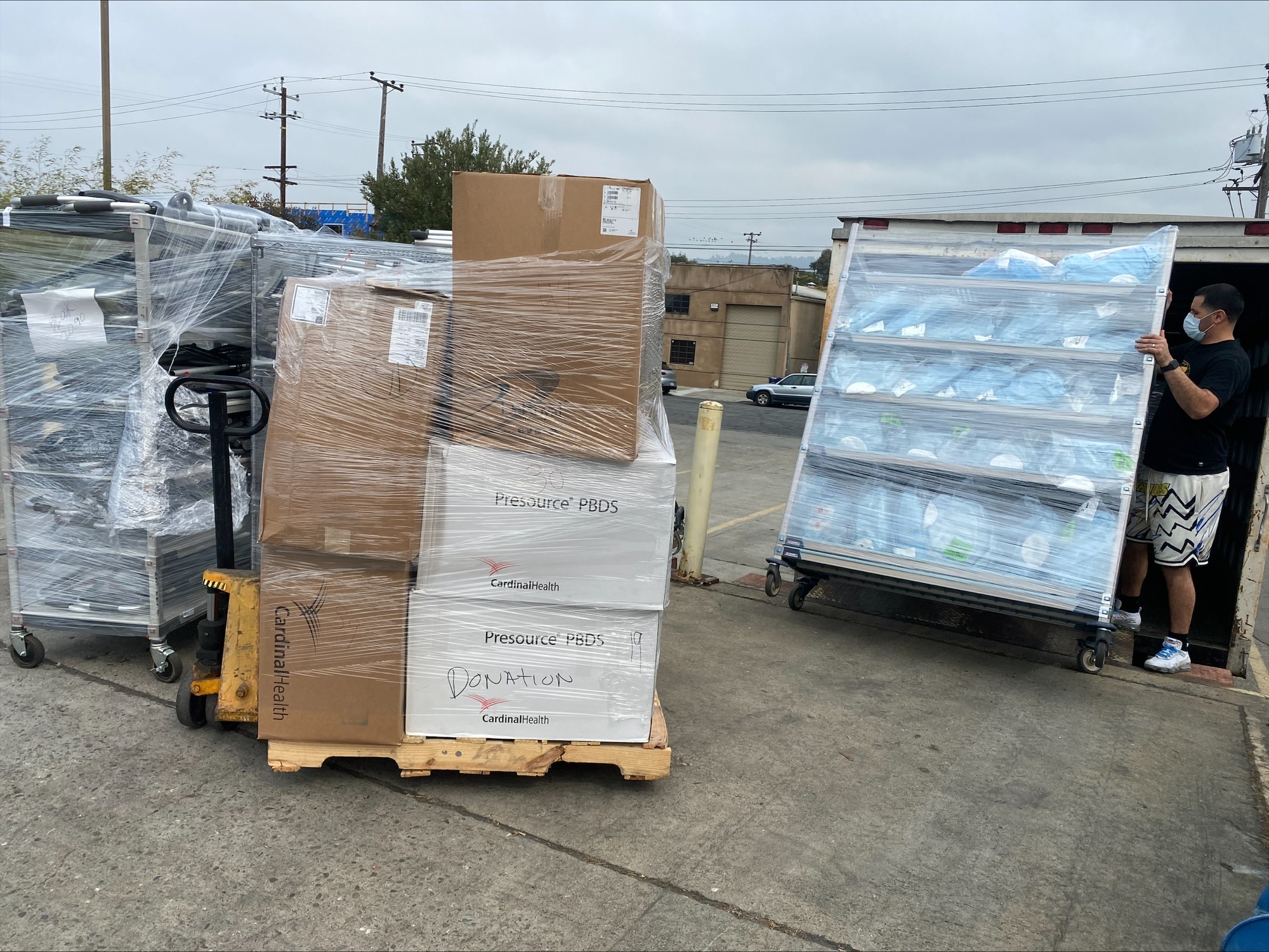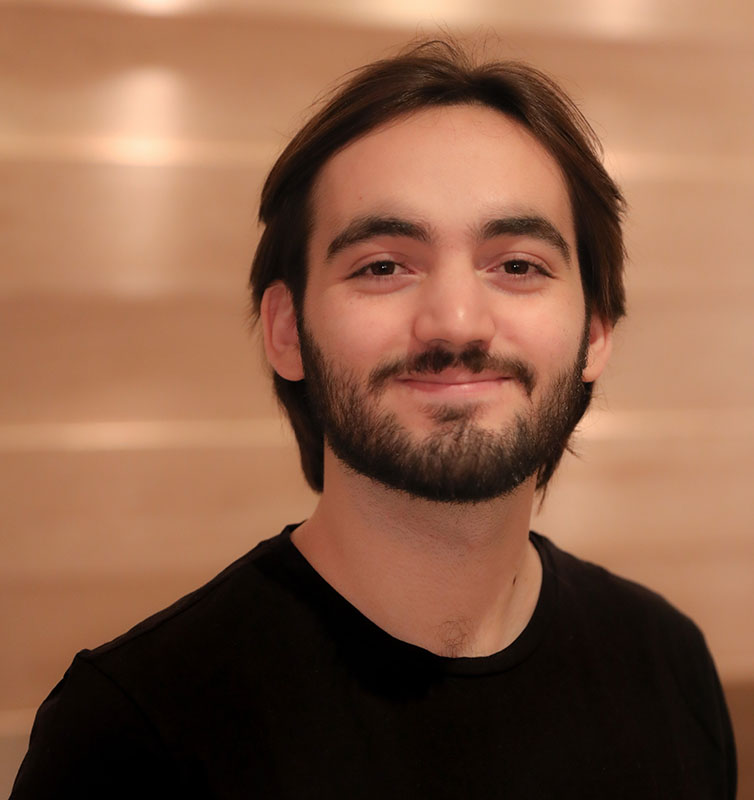SAN FRANCISCO — Bay Area Armenians have rallied together to support recent refugees from the contested region of Nagorno-Karabakh between Armenia and Azerbaijan.
This is the latest development of the Armenia and Azerbaijan conflict that started back in 2020. Azerbaijan had been blockading the Nagorno-Karabakh region, formerly a semi-autonomous republic, since the end of last year but fully occupied it at the end of September. As a result, over 100,000 ethnic Armenians have fled the area, fearing worsening conditions.
Nagorno-Karabakh has been an area of contention between both countries. Spanning over 1,700 square miles, the region is internationally recognized as part of Azerbaijan. However, due to its large Armenian population and continuous conflicts with Azerbaijan spanning back to 1918, it had been operating as a semi-autonomous republic since 1991 under the name “Republic of Artsakh.” Now, with Azerbaijan taking full control of the region, Artsakh is planned to dissolve by the beginning of next year, turning many of its former residents into refugees.
For Ani Bagdasarian, a nurse living in Palo Alto, helping involves shipping medical equipment for those in need. A daughter of two Armenian immigrants, Bagdasarian originally started shipping medical equipment back in 2020 when the war broke out. At the time, through a partnership with a series of non-profits, Bagdasarian managed to fill two large planes with only healthcare items.
“We filled [the shipments] with supplies, beds, all the basics,” said Bagdasarian.
While she is still focused on sending medical equipment, she no longer has access to such large transportation options. Due to logistical complications, an average shipment to Armenia takes around two months to arrive. Because of these obstacles, Bagdasarian believes the Armenian community has taken a different approach than the one three years ago.
“The efforts [to help the refugees] were more slow to start. Everyone wanted to be more methodical this time, making sure to give people what they need,” said Bagdasarian.
In her case, that involves sending less basic medical supplies, and more targeted ones, focused on treating the illnesses that currently afflict many refugees.
David Ojakian, the western region director for the Armenian Assembly of America, an Armenian advocacy organization, says there are other ways to help the refugees that don’t involve directly sending supplies.
“The biggest element right now is raising money. We need to give information to the community, show them how to take action, and where to donate,” said Ojakian.
Although based in the Bay Area, Ojakian’s work takes him across the United States. As an executive in the organization, most of his job involves lobbying politicians in D.C. to send government support to the refugees, something that still hasn’t happened.
“It’s hard to get issues to the forefront in D.C., but we have to do it. There is no other way,” said Ojakian.
Ojakian is not the only one trying to get the Biden administration to provide aid to the refugees. Congresswoman Anna Eshoo, a Palo Alto Democrat who is of Armenian descent, wrote a letter signed by 75 other members of congress urging the president to take a more active stance, both in helping the refugees as well as condemning Azerbaijan.
“The U.S. has a moral obligation to do whatever is necessary to bring an end to this needless suffering and ensure Azerbaijan faces consequences for engaging in ethnic cleansing,” read the letter.
Susie Avagyan, a master’s student at Stanford University left Armenia just days before the refugee crisis started. She mobilized almost immediately after hearing the news. Originally, she started helping by running a clothing drive but soon grew dissatisfied with the impact that could have.
“Because of shipping issues, we could only ship one bag of clothes. And that’s not really enough. I wanted to be of more help,” said Avagyan.
She then decided to change approaches and use her position as a Stanford student to her benefit, connecting with various Armenian student organizations around the bay.
“My main goal now is to make people aware of [the refugee crisis]. The more people are aware, the bigger the change we can make,” said Avagyan. While she has done various things to raise awareness, her work currently focuses on convincing universities to spread the word about the issue in their official newsletters.
“The Armenian community here is very strong,” she added. “Even though everyone is so far away, they all came together to help. It’s good to know that, even halfway across the world, there are still people who care,” said Avagyan.

SAN FRANCISCO — Bay Area Armenians have rallied together to support recent refugees from the contested region of Nagorno-Karabakh between Armenia and Azerbaijan.
This is the latest development of the Armenia and Azerbaijan conflict that started back in 2020. Azerbaijan had been blockading the Nagorno-Karabakh region, formerly a semi-autonomous republic, since the end of last year but fully occupied it at the end of September. As a result, over 100,000 ethnic Armenians have fled the area, fearing worsening conditions.
Nagorno-Karabakh has been an area of contention between both countries. Spanning over 1,700 square miles, the region is internationally recognized as part of Azerbaijan. However, due to its large Armenian population and continuous conflicts with Azerbaijan spanning back to 1918, it had been operating as a semi-autonomous republic since 1991 under the name “Republic of Artsakh.” Now, with Azerbaijan taking full control of the region, Artsakh is planned to dissolve by the beginning of next year, turning many of its former residents into refugees.
For Ani Bagdasarian, a nurse living in Palo Alto, helping involves shipping medical equipment for those in need. A daughter of two Armenian immigrants, Bagdasarian originally started shipping medical equipment back in 2020 when the war broke out. At the time, through a partnership with a series of non-profits, Bagdasarian managed to fill two large planes with only healthcare items.
“We filled [the shipments] with supplies, beds, all the basics,” said Bagdasarian.
While she is still focused on sending medical equipment, she no longer has access to such large transportation options. Due to logistical complications, an average shipment to Armenia takes around two months to arrive. Because of these obstacles, Bagdasarian believes the Armenian community has taken a different approach than the one three years ago.
“The efforts [to help the refugees] were more slow to start. Everyone wanted to be more methodical this time, making sure to give people what they need,” said Bagdasarian.
In her case, that involves sending less basic medical supplies, and more targeted ones, focused on treating the illnesses that currently afflict many refugees.
David Ojakian, the western region director for the Armenian Assembly of America, an Armenian advocacy organization, says there are other ways to help the refugees that don’t involve directly sending supplies.
“The biggest element right now is raising money. We need to give information to the community, show them how to take action, and where to donate,” said Ojakian.
Although based in the Bay Area, Ojakian’s work takes him across the United States. As an executive in the organization, most of his job involves lobbying politicians in D.C. to send government support to the refugees, something that still hasn’t happened.
“It’s hard to get issues to the forefront in D.C., but we have to do it. There is no other way,” said Ojakian.
Ojakian is not the only one trying to get the Biden administration to provide aid to the refugees. Congresswoman Anna Eshoo, a Palo Alto Democrat who is of Armenian descent, wrote a letter signed by 75 other members of congress urging the president to take a more active stance, both in helping the refugees as well as condemning Azerbaijan.
“The U.S. has a moral obligation to do whatever is necessary to bring an end to this needless suffering and ensure Azerbaijan faces consequences for engaging in ethnic cleansing,” read the letter.
Susie Avagyan, a master’s student at Stanford University left Armenia just days before the refugee crisis started. She mobilized almost immediately after hearing the news. Originally, she started helping by running a clothing drive but soon grew dissatisfied with the impact that could have.
“Because of shipping issues, we could only ship one bag of clothes. And that’s not really enough. I wanted to be of more help,” said Avagyan.
She then decided to change approaches and use her position as a Stanford student to her benefit, connecting with various Armenian student organizations around the bay.
“My main goal now is to make people aware of [the refugee crisis]. The more people are aware, the bigger the change we can make,” said Avagyan. While she has done various things to raise awareness, her work currently focuses on convincing universities to spread the word about the issue in their official newsletters.
“The Armenian community here is very strong,” she added. “Even though everyone is so far away, they all came together to help. It’s good to know that, even halfway across the world, there are still people who care,” said Avagyan.

